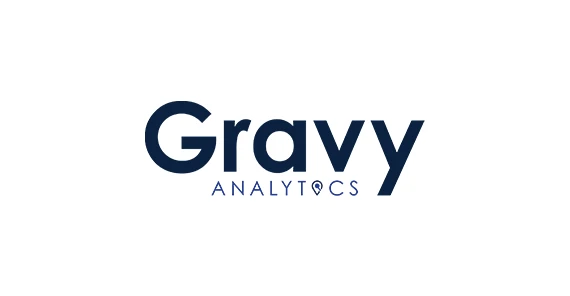Customer location data leads to deeper level of insight
August 21, 2021

Behavioral analytics tell more about a person’s true self than consumer data, according to Gravy Analytics CEO Jeff White, and are therefore key to data-driven decisions.
Customer location data is a key element of understanding human behavior.
Consumer data can tell organizations plenty about potential customers, but it only reveals a piece of the puzzle. It tells them what those potential customers have purchased, but it doesn’t tell them who those potential customers really are. Location data, meanwhile, reveals offline human activity — going to concerts or ballgames beyond merely buying a song or a baseball cap, for example — which in turn reveals more about a person’s most significant interests.
And it’s when organizations understand not just what an individual bought but can also get insight into why they bought it that sellers can better develop strategic initiatives.
Gravy Analytics, founded in 2011 and based in Dulles, Va., began with the premise that a potential customer’s offline behavior is more important than their online behavior, and now offers location data as a service. The vendor uses anonymized location data and packages it into data sets that can be put to use by its customers.
Jeff White, Gravy’s founder and chief executive officer, recently discussed why location data is so important to gaining a truer understanding of potential customers and how it can subsequently be used by all types of organizations to inform sales and marketing efforts.
In addition, he talked about specific use cases for location data, and even how location data is critical to the fight against the spread of COVID-19.
First, can you give me some background on Gravy Analytics and the service you provide?
Jeff White: The thesis when we got started was that the next frontier of understanding behavioral insights and intelligence was not where we go online but where we go offline, and that how we live our daily lives is a much stronger signal of who we are as consumers than anything we do in the online realm. That was the thesis, and as far as what service we provide, we effectively take the offline behaviors of consumers — the places we go, the events we attend, the vendors we visit — aggregate those up into behavioral analytics, and allow brands and marketers and advertisers to understand, target and interpret those behavioral analytics.



